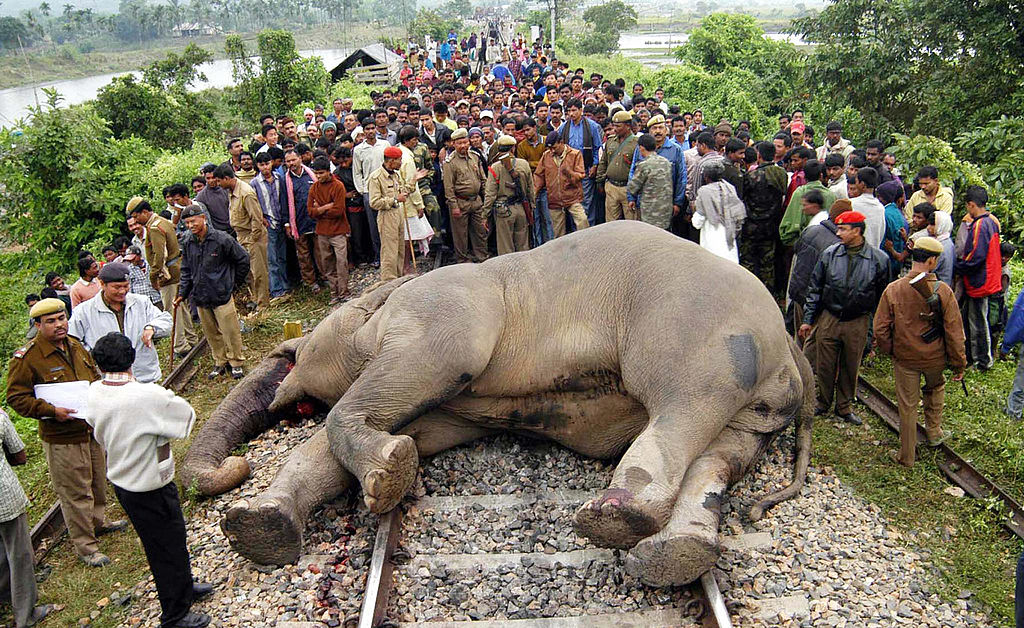- Wednesday, April 23, 2025
Government data showed that on an average 20 elephants die due to train collisions in the country every year and a majority of these incidents take place in NFR.

By: Shubham Ghosh
THE introduction of an artificial intelligence (AI)-based surveillance mechanism in 11 elephant corridors in northeast India has helped eliminate elephant deaths caused by collisions with trains in the region. The Northeast Frontier Railway (NFR) now has plans to introduce it across the zone, an official has said.
The Intrusion Detection System (IDS) was introduced by NFR in December 2022 in 11 elephant corridors — five in Alipurduar division and six in Lumding division.
According to NFR, in the eight months between its launch in December 2022 and July this year, the IDS has sounded 9,768 alerts, or an average 41 alerts daily.
“Every time an elephant steps on to the track, the system generates an alert to the train controller, station master, train drivers and other stakeholders who take precautionary measures to avoid the imminent danger,” Sabyasachi De, chief public relations officer of NFR, said, adding the pilot project was introduced at a cost of around Rs 6 crore (£576,340).
He added that since the launch of the system, these 11 corridors have not reported any train-elephant collision. Government data showed that on an average 20 elephants die due to train collisions in the country every year and a majority of these incidents take place in NFR.
The success of the IDS holds out hope that such accidents will be a thing of the past, officials said. They said the optical fiber cable (OFC) that the railways has laid beneath the tracks for tele-communication and signalling purposes comes in handy for the implementation of IDS.
The device, fitted in the OFC network, captures the vibration when an elephant comes on the track and sends out a real-time alert to the division control room and a mobile application. The system is able to detect and locate moving elephants up to 5 metre from the fibre optical cable.
De said that there are 80 such elephant corridors in the northeast region and considering the 100 per cent success rate of IDS, the zonal railway has decided to introduce it on other corridors as well and the Indian railway ministry has sanctioned Rs 77 crore (£7.3 million) for it.
The system was the brainchild of then General Manager of NFR Anshul Gupta, who came to know about this technology 13 years ago while he was on a visit to London.
“I experimented it twice, once in 2011 and then in 2016 in different railway divisions but its successful implementation took place only in December 2022 when we launched this project in the 11 corridors,” Gupta, who retired in March this year, said.
After his superannuation, Rajiv Mahajan, who was the then chief administrative officer of project (mechanical), monitored the project and executed it successfully.
Mahajan is currently senior deputy general manager (SDGM) in NFR.
“Intrusion Detection System for saving elephant lives” earned NFR the PMI South Asia Award for Micro Project of the Year recently and this is for the first time ever that any zonal railway under the railway ministry has bagged this award since its inception in 2009, De said.
(With PTI inputs)